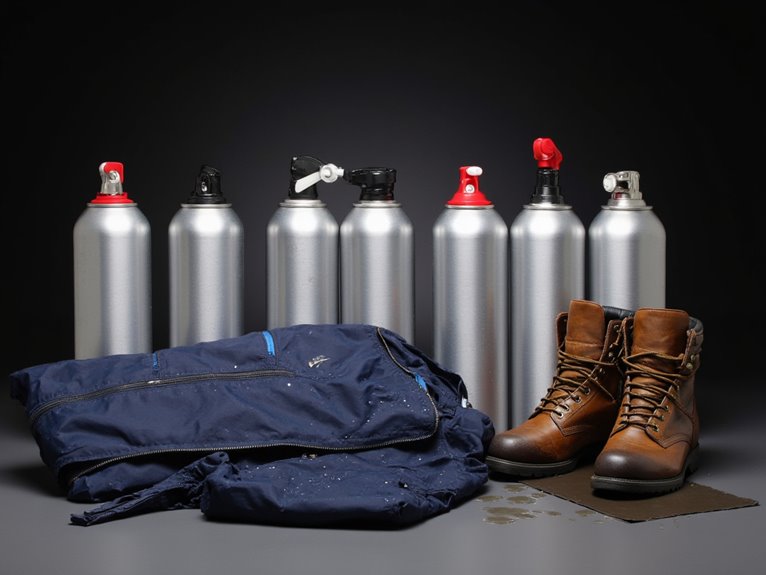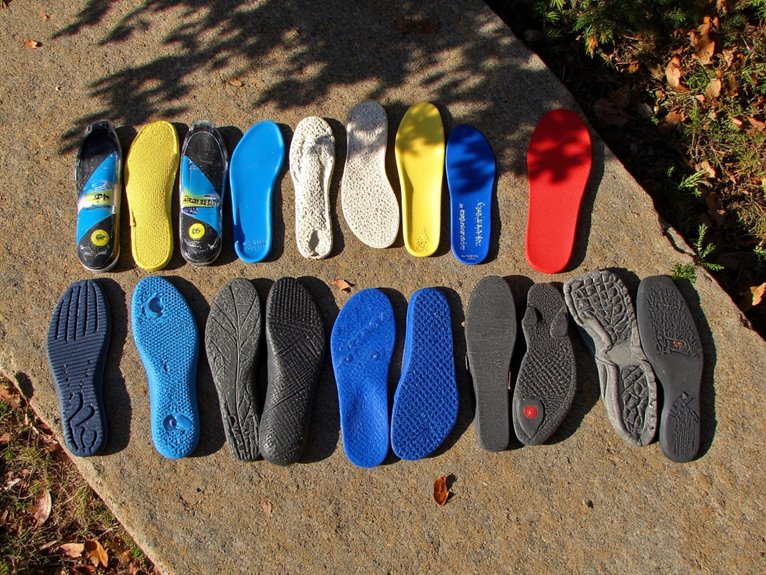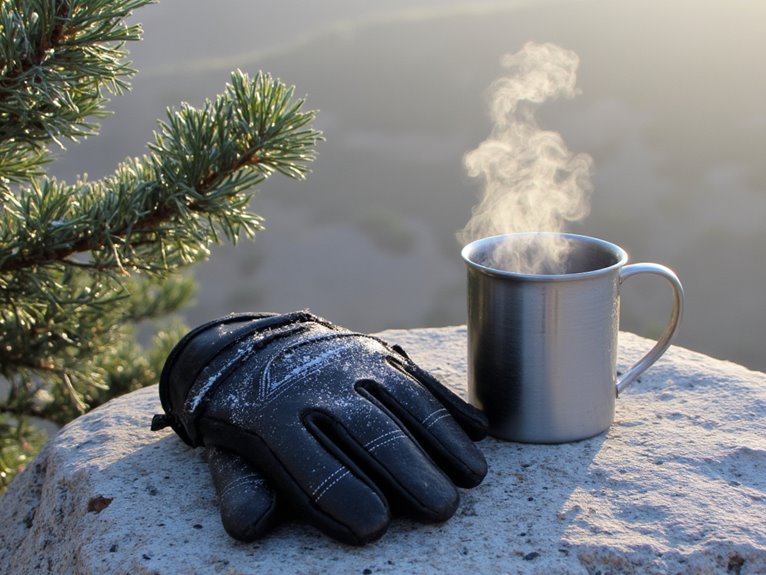Are Canadian Canoes Stable?
Canadian canoes are designed to provide a stable platform for paddlers, thanks to thoughtful design features, careful weight capacity considerations, and adaptable paddling techniques. A stable platform enables canoeists to maneuver and navigate through various water conditions with confidence. With a focus on balance, control, and performance, a well-designed Canadian canoe can recover from a tilt and adapt to changing water conditions. As you venture into the world of Canadian canoeing, discover the intricacies of design, capacity, and technique that come together to create a safe and exhilarating paddling experience.
We are supported by our audience. When you purchase through links on our site, we may earn an affiliate commission, at no extra cost for you. Learn more. Last update on 23rd December 2025 / Images from Amazon Product Advertising API.
Design Features for Stability
Canadian canoe designers prioritize stability by incorporating deliberate design features, including a hull shape that allows for a lower center of gravity and a wider beam, resulting in a more stable platform for paddlers.
This thoughtful design enables canoeists to maneuver and navigate through various water conditions with confidence.
The flared hull shape and rounded chines provide additional stability, making it easier to maintain balance and control.
In addition, the strategically placed seats and footwells allow paddlers to maintain a comfortable and stable position, reducing the risk of capsizing.
Moreover, by integrating these design features, Canadian canoe designers have successfully created a stable and reliable vessel for adventure-seekers and outdoor enthusiasts.
Understanding Canoe Weight Capacity
Proper weight distribution is essential for maintaining stability and guaranteeing a safe paddling experience, as exceeding a canoe's weight capacity can lead to compromised performance and increased risk of capsizing.
Understanding a canoe's weight capacity is imperative, as it varies depending on the design, material, and intended use.
Manufacturers typically provide a recommended weight capacity, which includes the combined weight of passengers, gear, and accessories.
Paddlers should consider their own weight, the weight of their gear, and the number of passengers when selecting a canoe.
Exceeding the recommended weight capacity can result in decreased stability, reduced maneuverability, and increased risk of swamping or capsizing.
Paddling Techniques for Balance
Effective paddling techniques are essential for maintaining balance and stability, as they enable canoeists to make adjustments on the fly and respond to changing water conditions.
A smooth, efficient paddling stroke is fundamental for stability, as it allows the canoeist to maintain direction and speed while making subtle adjustments to compensate for wind, currents, or other external factors.
Proper body positioning, with a low center of gravity and even weight distribution, also plays a key role in maintaining balance.
As canoeists venture into diverse aquatic environments, they must be prepared to adapt their paddling skills to navigate varying water conditions, from tranquil lakes to turbulent whitewater rapids.
Different water conditions require distinct paddling techniques to maintain stability and control.
On calm waters, a steady, rhythmic stroke maintains momentum, while in turbulent waters, quick, powerful strokes help to counteract currents and maintain direction.
In shallow waters, a gentle, sweeping stroke avoids scraping the hull, and in strong winds, a diagonal stroke compensates for drift.
Common Stability Misconceptions
What misconceptions about stability are holding canoeists back from achieving peak performance and control in their vessels?
One common misconception is that a wider canoe is always more stable. While width does play a role, it's not the only factor.
A canoe's stability is also influenced by its hull shape, depth, and weight distribution.
Another misconception is that a canoe will always tip if a paddler shifts their weight too far to one side. In reality, a well-designed canoe can recover from a tilt, and skilled paddlers can make adjustments to maintain balance.





